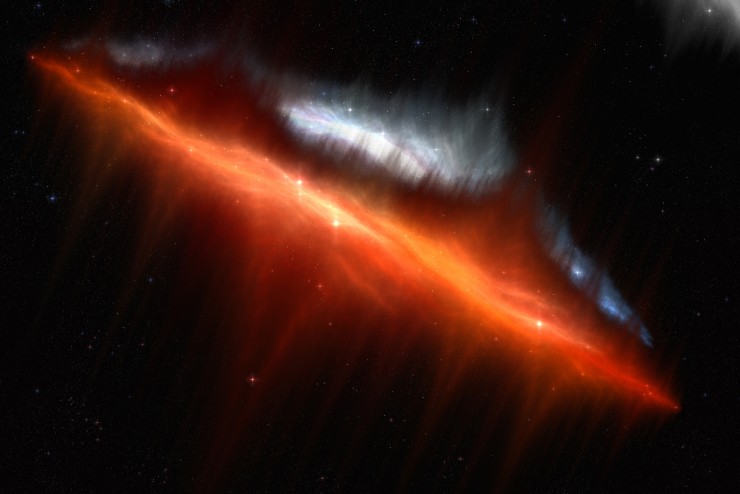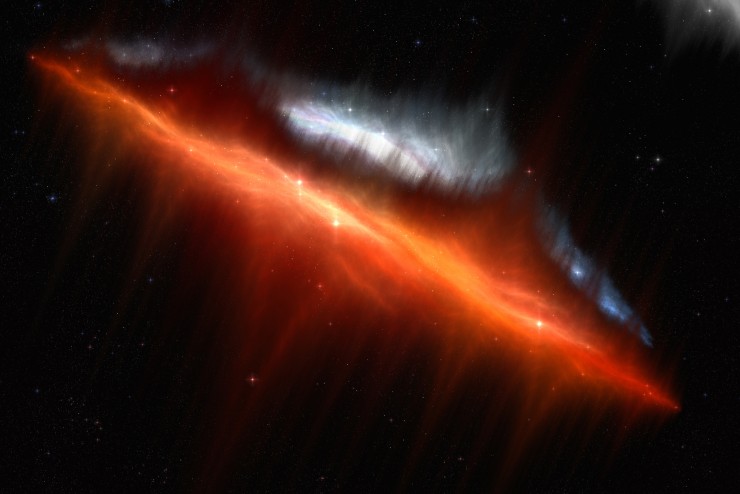Photoacoustic Imaging
Our lab develops and investigates the properties of photoacoustic contrast agents based on microbubble and perfluorocarbon droplet platforms. Potential applications of these agents include molecular imaging, tracking of drug-loaded particles, and monitoring the release of drugs from activatable drug carriers.
The photoacoustic response produces acoustic waves from tissue-specific absorption of light energy. Our lab develops and investigates the properties of photoacoustic contrast agents based on microbubble and perfluorocarbon droplet platforms. As shown below, these contrast agents integrate light absorbing nanoparticles, like gold nanorods (AuNR), on their surface and absorb light energy. The resulting photoacoustic responses are significantly larger and carry unique information, which allows them to be differentiated from photoacoustic signals originating from the surrounding tissue.

Dixon et al, Small, 2015
We use high speed cameras to visualize the response of these agents to laser excitation on the nanosecond timescale. As demonstrated in the video, the microbubble expands immediately following laser excitation and relaxes to approximately its original size within 1 microsecond.

Dixon et al, Small, 2015
Potential applications of these agents include molecular imaging, tracking of drug-loaded particles, and monitoring the release of drugs from activatable drug carriers. As an example, in the video below, red blood cells were loaded with light absorbing particles, drugs, and perfluorocarbon nanodroplets. These agents rupture when exposed to high intensity ultrasound, thereby releasing the drug locally and dispersing the light absorbing particles. After their dispersion, they will no longer yield a strong photoacoustic response, thereby confirming rupture of the blood cell and local drug delivery.

Contact Information

John A. Hossack, Ph.D.
John A. Hossack develops ultrasound imaging approaches for cardiovascular disease, including mouse heart imaging, catheter-based imaging and drug delivery, and molecular imaging for diagnosing stroke risk. He obtained B.Eng. and Ph.D. degrees in Electrical and Electronic Engineering, University of Strathclyde and his postdoc at Stanford University.